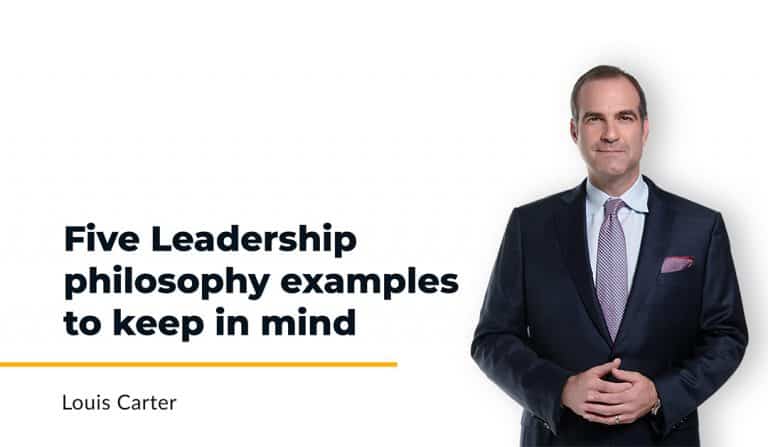3 Min. Read.
Our journey at Most Loved Workplace® has encountered diverse leadership styles and communication dynamics. A recurring theme in organizations striving for improvement is the challenge of transitioning from monologues to dialogues, from speaking to genuinely listening to each other. As the founder of Most Loved Workplace®, I’ve seen firsthand how the art of listening can dramatically alter the fabric of a company’s culture. Here are six researched-backed methods to enhance your listening skills, ensuring your workplace becomes a prime example of collaboration and respect, thriving and loved by all employees.
1. Master the Pause
Before responding to a conversation, take a brief pause. This pause is not just a silence; it’s a bridge to understanding. It allows you to process what’s been said and signals to the speaker that you value their input. A study in the Journal of Personality and Social Psychology found that pauses in conversation improve comprehension and engagement. Embrace these moments of silence as opportunities for reflection and deeper connection.
2. Reflect, Don’t Redirect
After someone shares their thoughts don’t jy reflect, and mirror back what you’ve heard before adding your perspective. This practice, rooted in active listening techniques, ensures you’ve accurately understood the speaker’s message and demonstrates that their words have merit. According to research published by the Harvard Business Review, reflecting on and validating the speaker’s message before contributing your thoughts can significantly enhance team communication effectiveness.
3. Ask Meaningful Questions
Inquire more, assert less. Transform your conversations by asking open-ended questions that invite elaboration. This approach fosters a richer dialogue and allows others to share more freely. A study from The Leadership Quarterly highlights that leaders who ask questions rather than offering immediate solutions encourage a more inclusive and innovative team environment.

4. Monitor Your Participation Ratio
Be conscious of how much you speak compared to others. Strive for a balance where everyone’s voice is deeply heard. Research from the Academy of Management Journal suggests that teams with equal participation are more innovative and make better decisions. Keeping track of your talk time vs. listen time can be eye-opening and critical in becoming a more inclusive listener.
5. Cultivate Empathy
Work hard to genuinely understand the speaker’s perspective, even if it differs from your own. Empathy in listening goes beyond hearing words; it’s about connecting with the emotions behind those words. A seminal paper in Psychological Science illustrates that empathy improves personal relationships and enhances team dynamics by fostering a sense of trust and openness.
6. Commit to Follow-Up
Listening is the first step; following through is the closure. Ensure you act on what you’ve discussed to demonstrate respect for the conversation and accountability for your role. According to Most Loved Workplace® research findings, companies that excel in follow-through on discussions report higher employee performance and retention levels.
7. Watch Your Facial Feedback
Your facial reactions during conversations significantly influence the discussion’s tone. Displaying negative emotions like disagreement or disgust before fully hearing someone out can prematurely close off dialogue, creating an unwelcoming environment. According to The Journal of Nonverbal Behavior, maintaining a neutral listening expression encourages conversation openness and creativity. By consciously adopting an engaged and open facial expression, you signal respect and a willingness to consider different viewpoints genuinely. This approach, rooted in emotional intelligence principles, fosters a more inclusive and positive communication atmosphere, which is crucial for building a supportive and respectful workplace culture.






